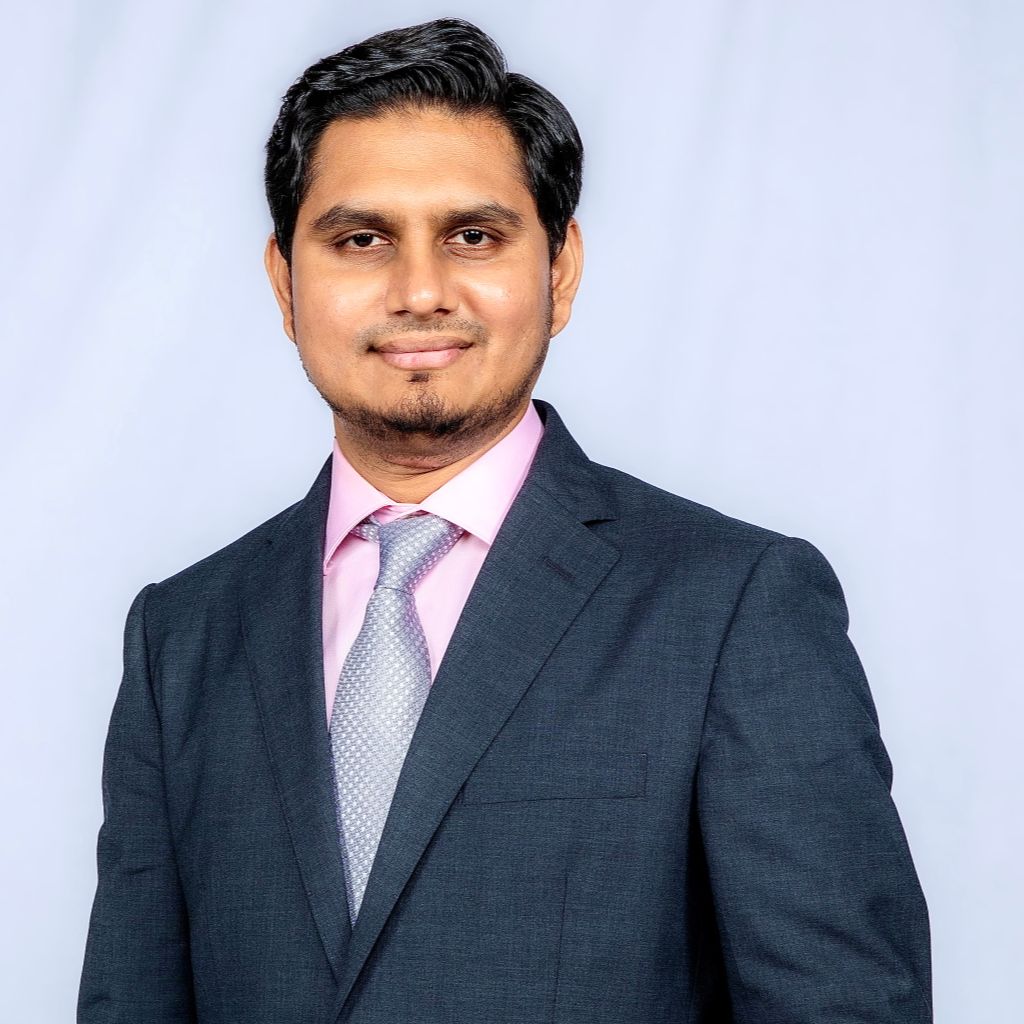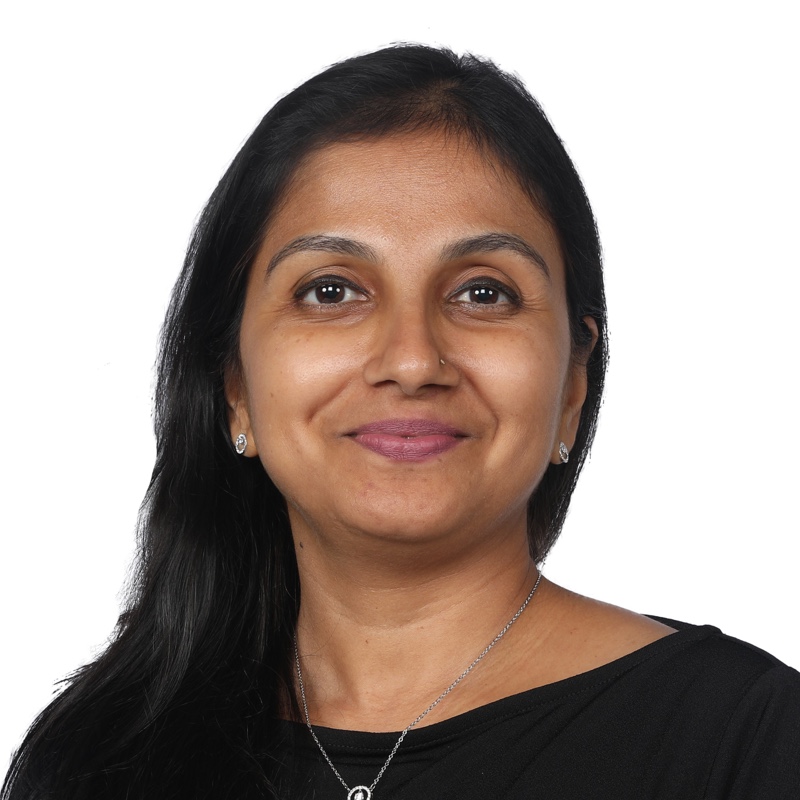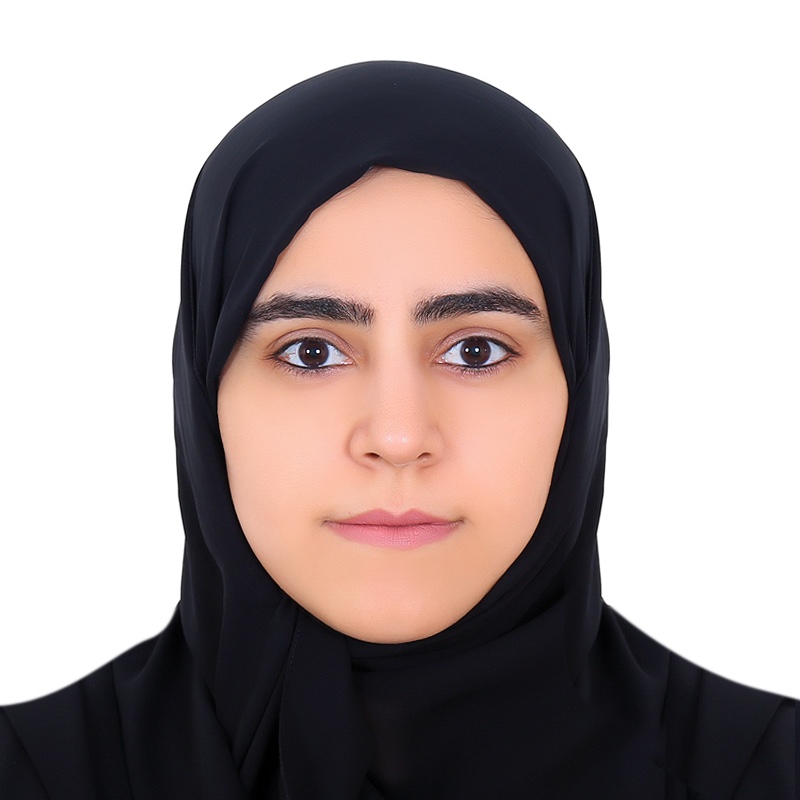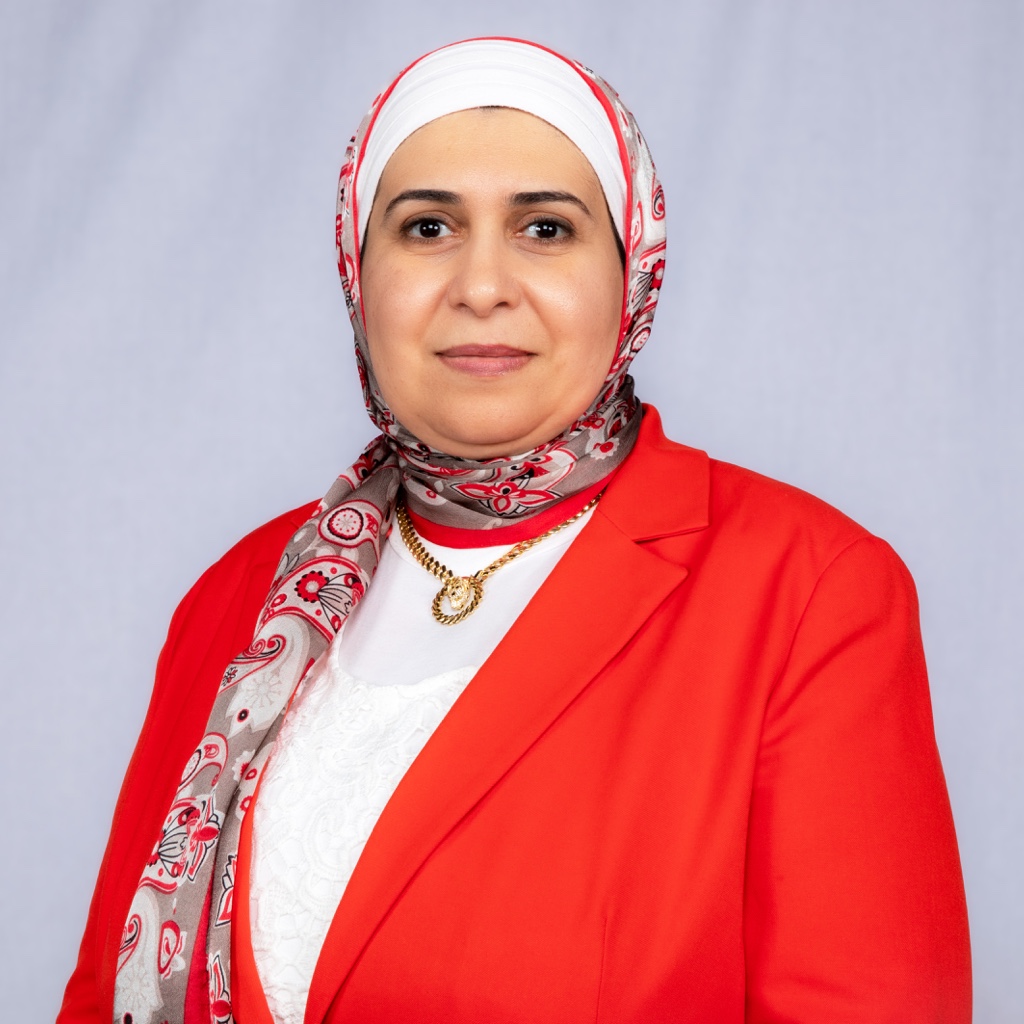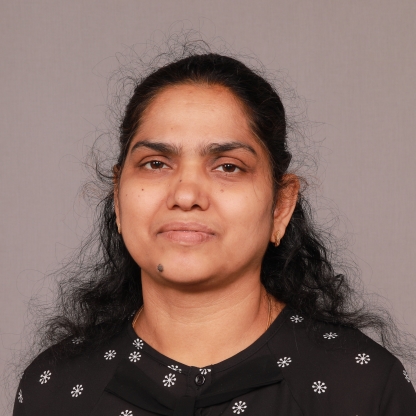Dean's Message
Welcome to the College of Medicine at Ajman University!
As the Dean of the College, I am delighted to introduce our MD program and highlight the experiences and learning opportunities it offers.
Our program is designed for students who are passionate about medicine and committed to making a positive impact on the world. We admit students from high school and provide them with two years of pre-medical studies, followed by two years of pre-clerkship, and then two years of clinical, hospital-based rotations. We also offer a graduate-entry option for a North American-style 4-year MD program.
Our affiliate clinical sites include Sheikh Khalifa Medical City Ajman (SKMCA), Saudi-German Hospital in Ajman and Dubai, and Amina Hospital Ajman. These sites provide our students with hands-on experience and exposure to a wide range of medical specialties during the final years of the program.
At the College of Medicine, we are committed to providing an outstanding education that prepares our students for successful careers in a wide range of medical and surgical specialties. Our faculty members are experts in their fields and are dedicated to helping students achieve their professional goals. We are proud to welcome students and faculty from around the world, making our college truly international. Diversity and inclusivity lie at the heart of our community, and we believe that everyone has a unique contribution to make.
Thank you for your interest in the College of Medicine at Ajman University. If you have any questions or would like more information about our program, please don’t hesitate to contact us.
Kind regards,
Allen Ross
Professor Allen G. P. Ross
MBBS, MMed (IM), MD, PhD, DSc
FRCP (Edin), FRCPath (UK), FACTM (AUS)
